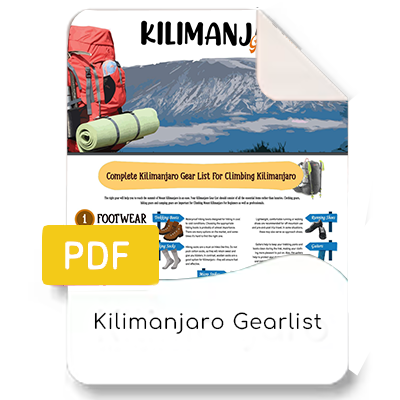YOUR JOURNEY TO THE ROOF OF AFRICA
Kilimanjaro Summit
Reaching the Kilimanjaro Summit is the end goal of your Kilimanjaro Hike. Summit day is the D day of your Kilimanjaro trekking expeditions. Standing on the Summit Of Kilimanjaro is one of the most rewarding experiences you can have in your lifetime.
What is the Kilimanjaro summit?
Be familiar with what reaching Kilimanjaro's peak means for climbers.
Kilimanjaro Summit Hike is the last leg of your Kilimanjaro Climb . It's the part where you set out to conquer the highest point of Kilimanjaro, Uhuru Peak. It's called summit night by some and summit day by others, and both are justified since the climb starts during the night and ends in the daytime.
In essence, you'll start the hiking from Barafu Camp at midnight and ends late in the afternoon. During this time you trek up to Uhuru Peak and then hike half of the way back down the mountain. It'll be a gigantic day of hiking.
Why Kilimanjaro summit is challenging?
Find out what makes the climb to Kilimanjaro's summit tough.
Actually, Kilimanjaro Hike is not difficult per especially if you compare it with other summit climbs. Infect pro-athletes have known to climb Kilimanjaro with ease. However, a Kilimanjaro Hike comes with its own set of challenges and levels of difficulties. And, no matter what, the Summit Night On Mount Kilimanjaro will be a challenge!
So, how difficult is it really to climb Kilimanjaro?
Well, it is a little difficult to answer because there are number of factors that make this a really tough challenge.
 First, you will be hiking for at least 6-9 days continuously. This puts a big strain on all your muscles and joints.
First, you will be hiking for at least 6-9 days continuously. This puts a big strain on all your muscles and joints. Second, at a higher altitude, the oxygen content in the airdrops rapidly. This literally means that with every breath you are getting less and less power. At the Kilimanjaro Summit, each breath has almost 50% reduced oxygen than you would normally have.
Second, at a higher altitude, the oxygen content in the airdrops rapidly. This literally means that with every breath you are getting less and less power. At the Kilimanjaro Summit, each breath has almost 50% reduced oxygen than you would normally have. Third, summit night is extremely hard. You'll be ascending over 1500m, a descent of nearly 3000m. You're looking at a minimum straight 16-18hours hike.
Third, summit night is extremely hard. You'll be ascending over 1500m, a descent of nearly 3000m. You're looking at a minimum straight 16-18hours hike.
Kilimanjaro summit day or summit night?
Among Day and Night, which summit attempt suits you on Kilimanjaro?
You can attempt the Kilimanjaro Summit climb on both day and night spending upon your choice of itinerary. Both day and night summit will begin from Barafu camp. But we advise you to set out your summit attempt at night. At first glance, it might sound preposterous to you.
I mean the notion of waking up in the middle of the night to a 16-18 hour trek in extremely cold and harsh conditions is absolutely bonkers! Are we trying to make things even more difficult than they already are?!?
Actually, there's more to it than meets the eye. I promise there are solid reasons behind the early start ...
If you can't sleep then better hike away
It becomes extremely difficult to fall asleep at a higher altitude. Because due to the lack of oxygen your breathing becomes shallow and labored. So it's better to set out for an early summit instated of lying awake fidgeting over the mega hike.
The Kilimanjaro summit view is absolutely worth the effort
We time your summit hike to perfection. So you reach the summit just in time for the sunrise. Standing on the roof of Africa, seeing the sun peeping from the horizon is something that can't be described, it has to be felt. Suddenly Climbing Mount Kilimanjaro at night won't feel like a terrible idea at all.
Better time management
By leaving at midnight, you get the luxury of time to go slowly. If you try to go quickly up Kilimanjaro then you're more likely to suffer altitude sickness. Which may cause you to turn back. Usually, the summit to Uhuru Peak takes 7-8 hours and then hike back down for another 2-3 hours. This gives you ample time to take a nap in your tent and regain the energy to make the trip down to Millennium Camp.
It's a long hike
You cover a lot of ground for your summit attempt. Regardless of your base camp, you'll have a long climb ahead of you, followed by a long descent. It's harmful to spend a longer period at a higher altitude. So, after a short resting spell, you must descend to a lower camp, meaning plenty of downhill hiking.
Schedule for Kilimanjaro Summit Hike
Check out the step-by-step schedule for hiking to Kilimanjaro's summit.
Summit attempt will be tough. It will be a 12-16 hour hike. But this mammoth effort is what makes climbing Kilimanjaro an achievement. It begins very early as Kilimanjaro guides try to time their trekking party to reach Uhuru Peak at sunrise.
After you arrive at the Base Camp for the final preparation, you will have an early dinner followed by our regular briefing on how to dress for the summit. On this day you will go to bed earlier than on other days.
Our Kilimanjaro Guide will wake you up a little after 11:00 p.m. then you will get ready and have a light snack. You will be beginning your summit attempt at midnight.
You'll begin your ascend in the cold and windy darkness. It goes without saying that under these conditions, climbing is difficult, especially on loose rock and very steep slopes.
You'll reach the Uhuru peak summit just in time of dawn. There you will enjoy the awesome sunrise and the view up from the top. After the due celebrations and superb clicks, you'll begin your descent to either Barafu or Kibo Hut. There, you'll be eating lunch. Then rest a bit to regain your strength.
It is unwise to descend immediately after summiting. Because that is where most people get tired. you need to consider last night's lack of sleep, the expenditure of energy required for the successful summit to the peak, and especially the strain put up by long-distance covered that day. After a while, we'll continue the descent to a much lower camp. This is completely normal.

Kilimanjaro Summit
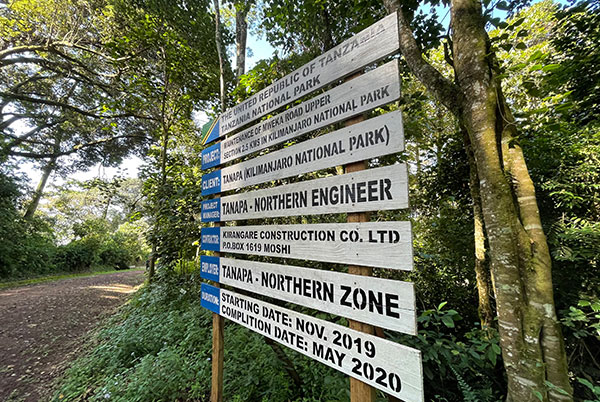
Kilimanjaro Summit
Summit day Kilimanjaro bid vs Kilimanjaro summit night bid
Weighing your options - Summit Kilimanjaro by day or night.
Kilimanjaro Summit Night Bid (approximate overview)
12 AM: After dinner, rest for a few hours; at midnight, our guide will wake you at might night. Freshen up, have some hot beverages and a snack. Put on your headlamp and head outside; you have a long night ahead of you!
3 AM: If you look up you'll notice the line of glowing headlamps snaking up the trail just like a human highway to the top.
4 AM: Take a long deep breath; for you're facing the foremost difficult section of your summit bid: the slopes are steep and are covered on slippery scree all the way up to Stella Point.
5:30 AM: You're beginning to get bone-tired from the steep slopes and therefore the altitude, but the sight of the sun rising behind the crags and spires of nearby Mawenzi gives you a renewed energy to keep going!
6 AM: You've done it. You've reached Stella Point: You're done with the steepest part of your climb! Take a break, have some drink or a light snack, feel the warmth of the morning sunshine on your face, and brace yourself for the final push to Uhuru Peak!
7-7:30 AM: Congratulations! You've reached the Summit! It will be crowded with other hikers, and therefore the air is very thin, after clicking few pictures, begin your descent back to Stella Point.
8 AM: It's so much easier descent from Stella Point, your pumping adrenaline will help at the "direct" route down the mountain... "scree-skiing!"
10 AM: Your body starts to feel better with the decreasing elevation. Refuel yourself with an early lunch for the remaining hours of hiking into camp.
3-4 PM: Arrive at your camp. Pounder upon the memorable hike over a cup of tea. After all, it was a long and difficult day, but you probably did it!
Daytime Summit Bid (all times approximate)
5 AM: Wake up, have some hot coffee/tea and enjoy breakfast in camp. You'll set out with the first light.
11 AM: Take a quick breather along the scree switchbacks that lead to Stella Point. Refuel yourself to some beverage and a picnic lunch.
12:30 PM: Phew! Finally, you've reached Stella Point, the steepest part of the trail is over now; from here it will get easier.
2 PM: Congratulation! You've done it. You've reached the Summit! Take your time at the top, click pictures, and celebrate with your fellow trekkers!
3 PM: Descend into Crater Camp in the quickest possible route: scree-skiing!
3:30 PM: Take some rest at Crater Camp. Refuel with tea and popcorn.
4 PM: Explore the sparkling glaciers, the ash pit.
6 PM: Dine in with your fellow trekkers. Have some hot tea to stay you warm and hydrated within the dry, cold air of crater camp.
How long would you be spending at the summit?
Learn how long you'll enjoy the views from Kilimanjaro's summit.
Most people get baffled they find out that you spend about 15 minutes or so at the summit. "But why?! We go all this way to spend just 15 minutes at the top?"
Again, there's a reason behind this. First and foremost, it is unwise to hang around at the summit for long because it's cold and you are at an alarming high altitude. Generally, after 15 minutes of high fives, photographs, and soaking in the view, people want to start moving again to warm up and avoid feeling sick.

Kilimanjaro Summit
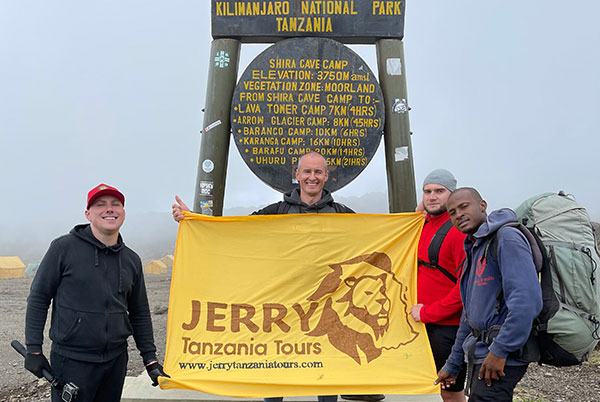
Kilimanjaro Summit
Top Tips To Increase Your Kilimanjaro Summit Success Rate
Essential tips to enhance your success chances on Kilimanjaro's summit.
In order to attempt a successful summit to the breathtaking Uhuru Peak, it is important for you to prepare thoroughly. These are some preparation ideas that we think might help you.
 We advise you to choose at least an 8-day tour. Granted it can be done in five days or less. But an eight days Kilimanjaro Tours offers the best chance for success, considering the struggle of altitude sickness, the most challenging aspect of the hike.
We advise you to choose at least an 8-day tour. Granted it can be done in five days or less. But an eight days Kilimanjaro Tours offers the best chance for success, considering the struggle of altitude sickness, the most challenging aspect of the hike. You should pack sensibly. You need to take into account wildly fluctuating Kilimanjaro temperatures. Warm layered clothes, air mattresses, and comfortable sleeping bags, and snow boots are a must.
You should pack sensibly. You need to take into account wildly fluctuating Kilimanjaro temperatures. Warm layered clothes, air mattresses, and comfortable sleeping bags, and snow boots are a must. Work on your fitness and build up your endurance label before starting your Kilimanjaro Climb.
Work on your fitness and build up your endurance label before starting your Kilimanjaro Climb.
 Get proper vaccinations. Consult your doctor back home and go for a thorough check-up.
Get proper vaccinations. Consult your doctor back home and go for a thorough check-up.
The best route for Kilimanjaro Summit Hike
You can travel to Uhuru Peak via a number of routes. Though all routes vary in degree of difficulty, scenic beauty, and traffic. The Marangu Route & Rongai Route is considered to be the best suitable route. While the Machame, Shira, and Lemosho routes are considered to be the most difficult.
Best time to for Kilimanjaro Summit Hike
The dry season is the best time for Kilimanjaro's Summit climb. January, February, July, August, September, October are ideal to increase your Kilimanjaro Success Rate.
Full moon Summit climb with Jerry Tanzania Tours
At Jerry Tanzania Tours we also offer full-moon summit climbs. True to its name, these Kilimanjaro climbs are timed so that summit night takes place under a full moon. This is a truly special way to climb Kilimanjaro, as the moonshine illuminates your entire path as if you're walking under the glitzy bed of diamonds.
Our Kilimanjaro Climbing Packages are specifically designed to time your arrival at the Uhuru peak just as the sun rises. The views are often overwhelming. In fact, a few of our visitors were so moved by the experience that they had tears in their eyes.
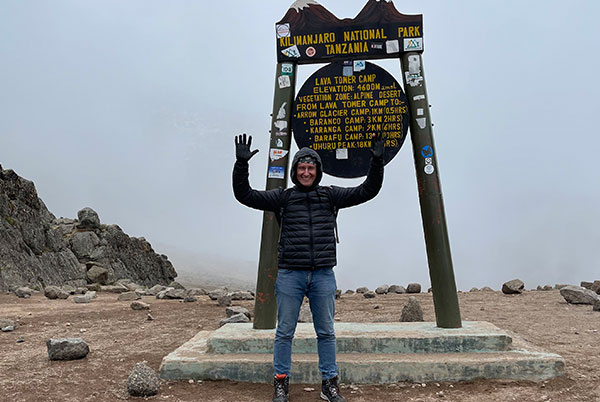
Kilimanjaro Travellers Experience
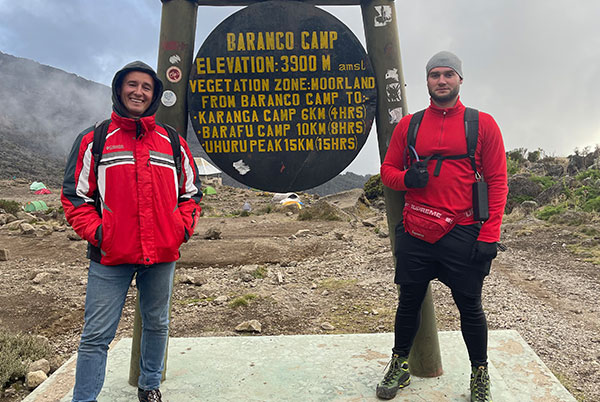
Kilimanjaro Travellers Experience

Kilimanjaro Travellers Experience
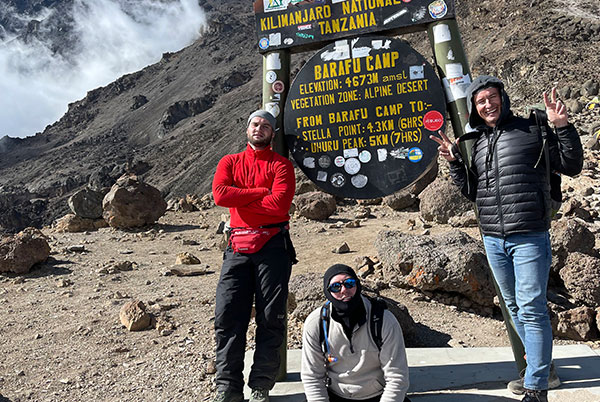
Kilimanjaro Travellers Experience
KILIMANJARO SUMMIT FAQ's
Reach the peak! Kilimanjaro summit queries resolved in FAQs.
On Kilimanjaro Hike, dusk come up between 6 and 7 pm, and most explorers are in bed long before 10pm. By leaving at midnight, people allow themselves the time to go slowly. By trying to quick acclimatization, you may face Kilimanjaro Altitude Sickness.
As the trek involve 5 ecological zone by Kilimanjaro Climbing Routes it suggest to wear the layer of clothing. Particularly long warm underwear, hiking pants, and waterproof pants, while carrying the fleece pants in your day pack just in case. Do not lace your hiking shoes up too tight as that may actually make your feet colder by blocking off circulation.
At Uhuru Peak (the summit) the temperatures can drop between 20 and -20 degrees Fahrenheit (-7 to -29 degrees Celsius). Kilimanjaro generates it’s won temperature due to its height.
Yes, there are all year around snow on Kilimanjaro. The glacier is a small relic of an ice cover that once capped the summit of Kilimanjaro. On the most upper ecological zone that is Arctic Zone you will find at Mount Kilimanjaro Climbing
Jeremiah Online
 Located In Tanzania
Located In Tanzania
What To Plan A Kilimanjaro Adventure?
Contact Us. We are always here to help you

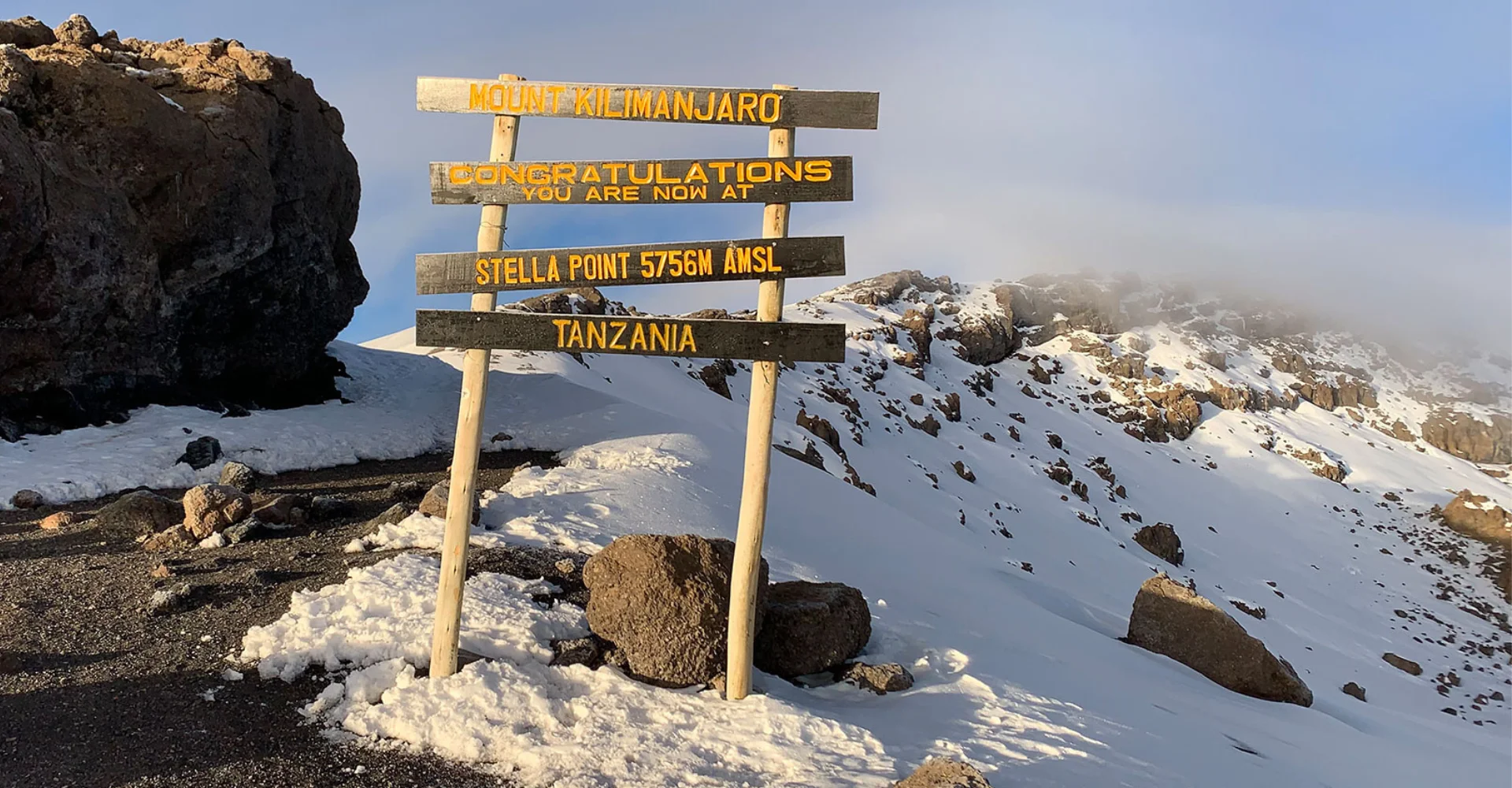
 Conquer the famous 'roof of Africa'
Conquer the famous 'roof of Africa'
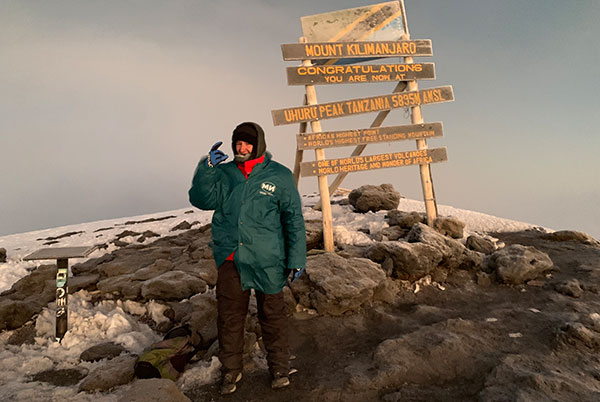









 Whatsapp
Whatsapp Chat Online
Chat Online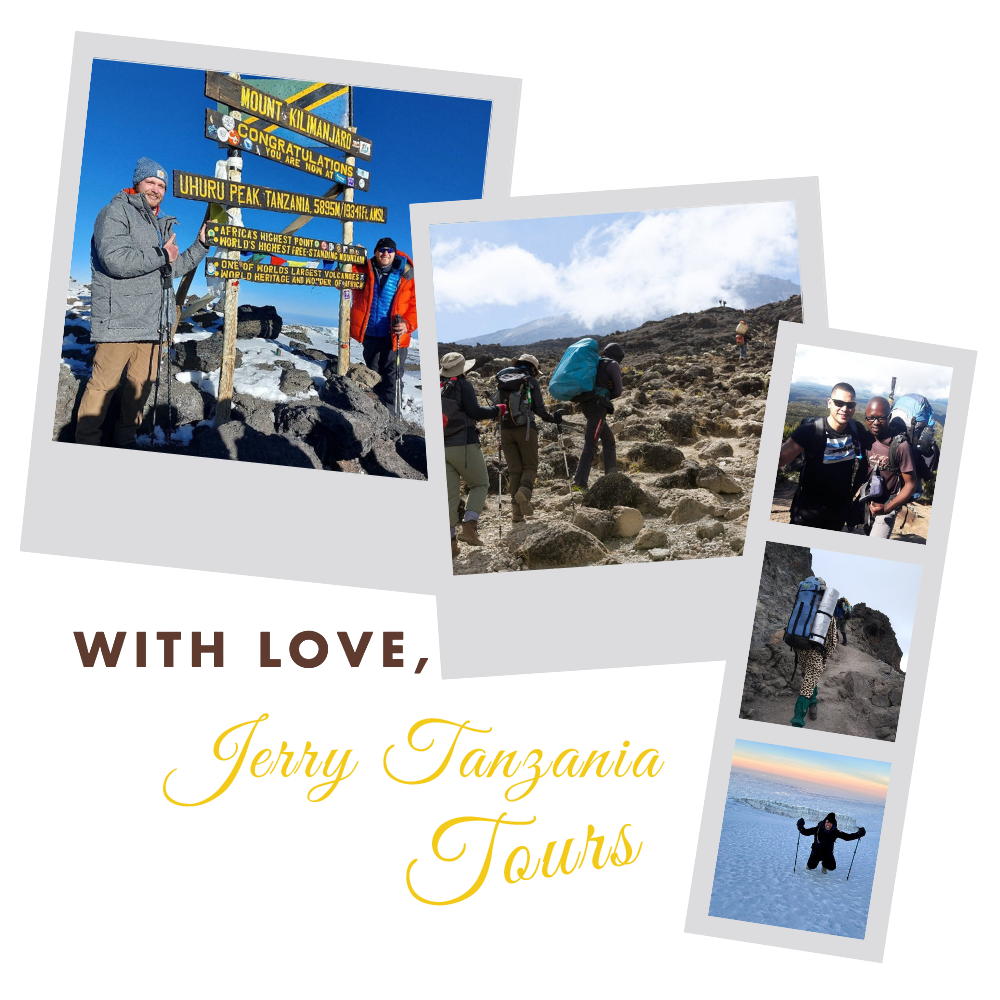

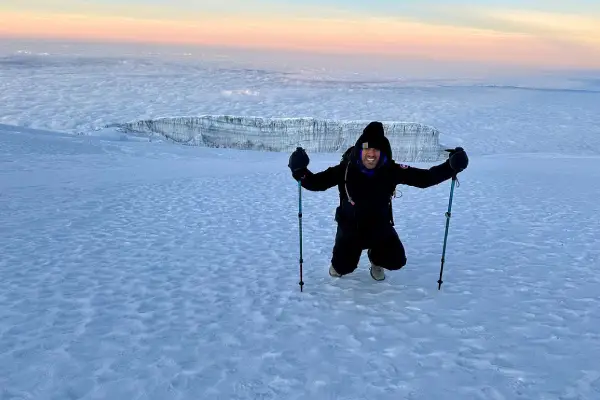




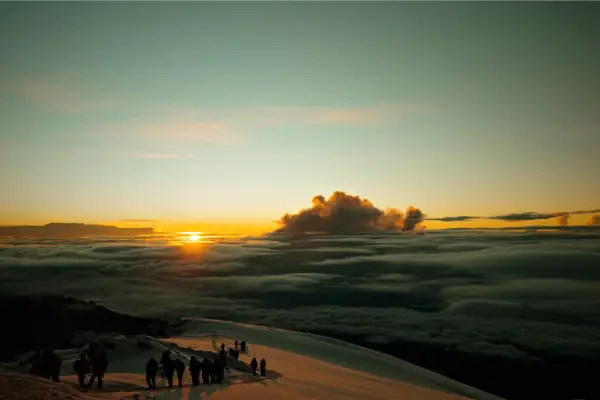
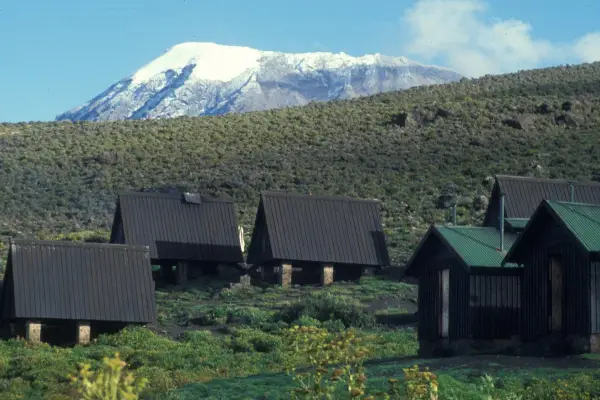
 Subscribe On Youtube
Subscribe On Youtube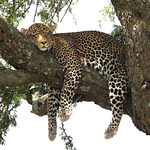
 1 Year ago
1 Year ago







